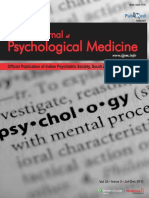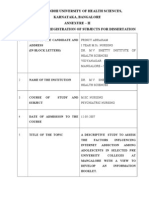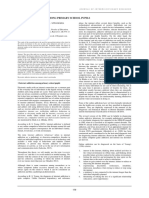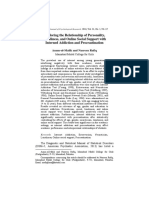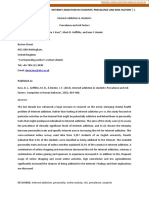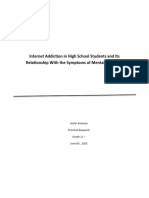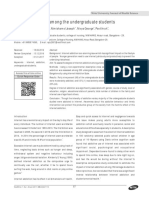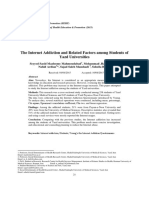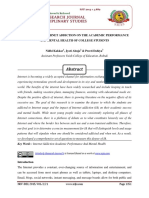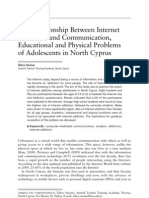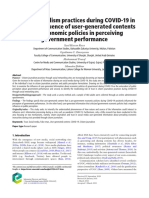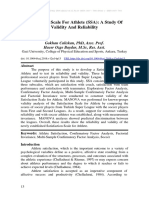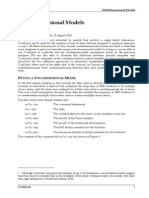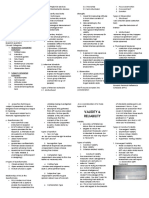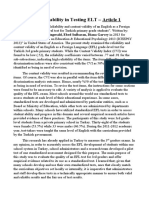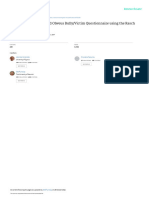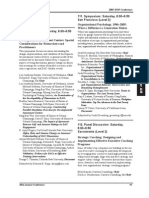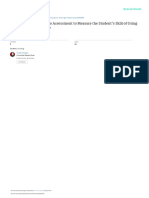0% found this document useful (0 votes)
121 views7 pagesStudent Internet Use & Study Habits
This document summarizes a study on internet usage and study habits among higher secondary school students in Bhopal, India. The study found that 57% of students were mild internet users, 36% were moderate users, and 7% were normal users. It also found a decline in students' study habits due to less control over internet usage. The objectives were to examine students' internet usage, study habits, and the relationship between internet addiction and study habits. Surveys were used to collect data from 200 students and analyzed using statistical methods. The results suggest internet usage is increasing for non-academic purposes and negatively impacting students' study habits.
Uploaded by
ツChristian De vicenteCopyright
© © All Rights Reserved
We take content rights seriously. If you suspect this is your content, claim it here.
Available Formats
Download as DOCX, PDF, TXT or read online on Scribd
0% found this document useful (0 votes)
121 views7 pagesStudent Internet Use & Study Habits
This document summarizes a study on internet usage and study habits among higher secondary school students in Bhopal, India. The study found that 57% of students were mild internet users, 36% were moderate users, and 7% were normal users. It also found a decline in students' study habits due to less control over internet usage. The objectives were to examine students' internet usage, study habits, and the relationship between internet addiction and study habits. Surveys were used to collect data from 200 students and analyzed using statistical methods. The results suggest internet usage is increasing for non-academic purposes and negatively impacting students' study habits.
Uploaded by
ツChristian De vicenteCopyright
© © All Rights Reserved
We take content rights seriously. If you suspect this is your content, claim it here.
Available Formats
Download as DOCX, PDF, TXT or read online on Scribd
/ 7














